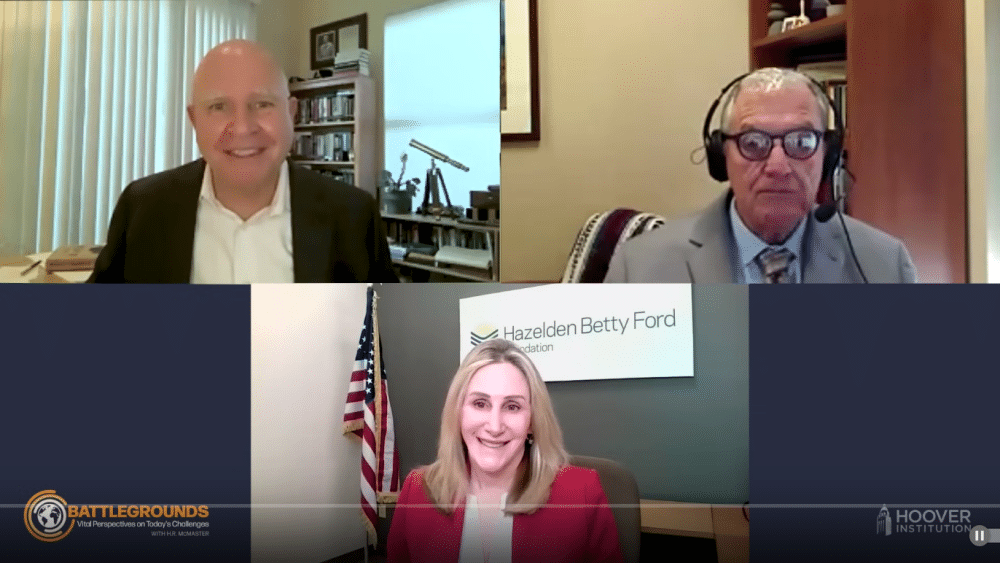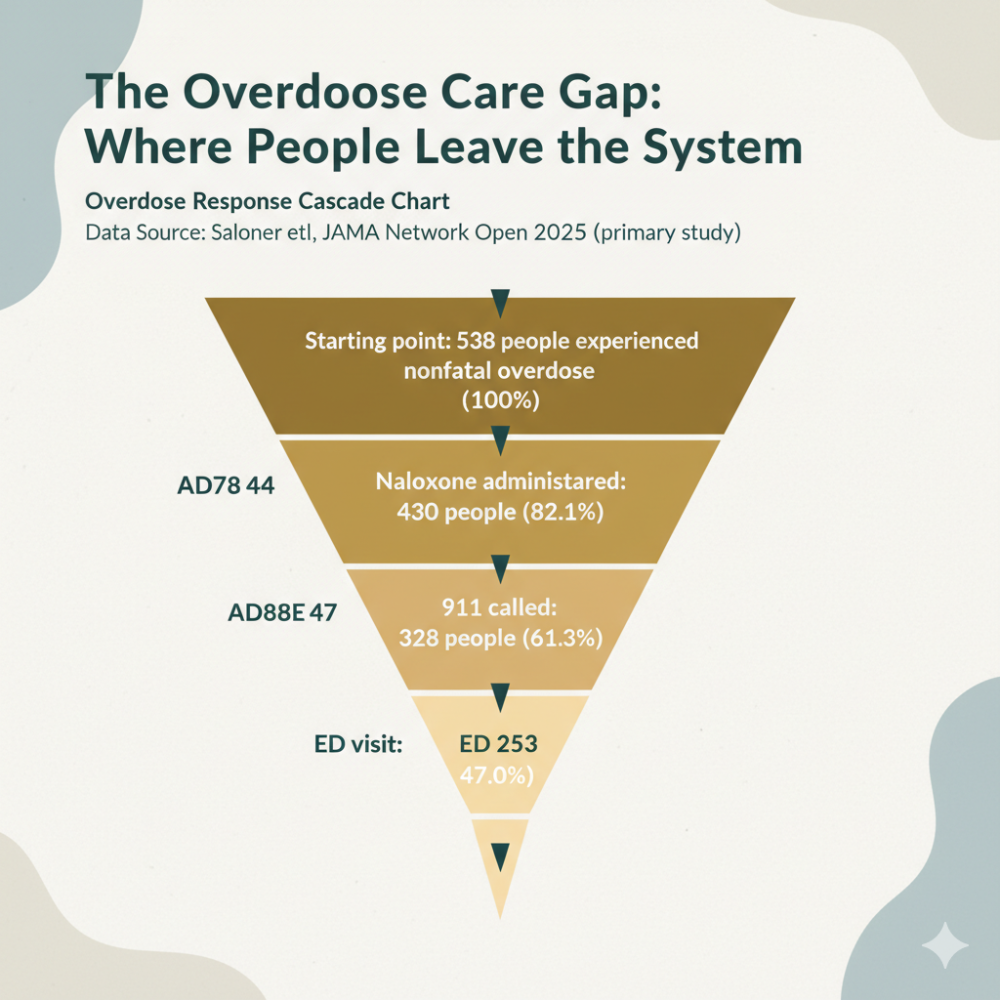The Underutilized Solution to America’s Opioid Crisis: Understanding Buprenorphine Treatment
In the face of America’s ongoing opioid epidemic, a crucial question emerges: Why isn’t an effective, proven treatment being used more widely? With over 105,000 overdose deaths recorded in 2023 – three-quarters attributed to fentanyl and other opioids – the need for effective treatment approaches has never been more urgent. Yet buprenorphine, a medication proven to treat opioid addiction, remains surprisingly underutilized despite being available for more than two decades.
Understanding the Fentanyl Crisis
The scale of America’s fentanyl crisis is staggering. In fiscal year 2024, U.S. Customs and Border Protection seized nearly 22,000 pounds of fentanyl-containing substances. This synthetic opioid presents a particularly lethal threat, being approximately 50 times more potent than heroin and 100 times more powerful than morphine. Even minimal amounts can trigger a fatal overdose.
Buprenorphine: A Proven Solution
Buprenorphine represents a medication-based approach to treating opioid addiction that has demonstrated remarkable success. As a partial opioid itself, it works by engaging the same receptors targeted by drugs like fentanyl, effectively reducing both cravings and withdrawal symptoms. This scientific approach offers several advantages over traditional abstinence-based treatments:
Evidence of Effectiveness
The evidence supporting buprenorphine’s effectiveness is compelling. France’s experience provides a particularly striking example. After allowing all doctors to prescribe buprenorphine in the 1990s, France witnessed a dramatic 80% reduction in overdose deaths from heroin and other opioids by the early 2000s. Similar success stories have emerged from other European countries, such as Switzerland, where accessible medication-based treatments have led to significantly lower overdose rates compared to the United States.
The Dangers of Abstinence-Only Approaches
Research has revealed a concerning reality about abstinence-based programs: individuals completing these programs often face a higher risk of overdose than they did during their period of chronic use. This increased danger stems from the loss of opioid tolerance during abstinence, making formerly manageable doses potentially lethal upon relapse. Buprenorphine helps address this risk by maintaining a controlled level of opioid reception while significantly reducing the likelihood of relapse.
The Challenge of Supply Control
While efforts to control the supply of fentanyl continue, the nature of synthetic drugs presents unique challenges to enforcement:
- Unlike traditional drugs like heroin, fentanyl requires no agricultural production
- Only 10 metric tons can supply the entire U.S. demand
- Production requires only basic laboratory facilities and chemical precursors
- Manufacturers can quickly replace seized supplies
- The volume of cross-border traffic (over 7 million trucks annually) makes detection challenging
Moving Forward: A Public Health Approach
The evidence suggests that focusing solely on supply reduction through border control and enforcement may be insufficient. A comprehensive solution must include expanding access to proven treatments like buprenorphine. This approach acknowledges both Mexican President Claudia Sheinbaum’s observation about American demand driving the crisis and the documented success of medication-based treatments in reducing opioid deaths.
The path forward requires:
- Expanding access to buprenorphine treatment
- Reducing barriers to prescription
- Education of healthcare providers about medication-based treatments
- Public awareness campaigns to reduce stigma around addiction treatment
- Integration of treatment options into emergency care settings
Conclusion
The tragic irony of America’s opioid crisis is that while tens of thousands continue to die, a proven treatment remains underutilized. Buprenorphine represents not just a treatment option, but a pathway to meaningful reduction in opioid deaths. The evidence from other countries demonstrates that widespread access to medication-based treatment can dramatically reduce overdose deaths. As we continue to grapple with the fentanyl crisis, expanding access to buprenorphine must be a central component of our response.
New York Times has some good articles, but they are behind a paywall, if you shell out $25 month you get some good pictures and graphics for articles like these:
https://www.nytimes.com/2025/02/16/magazine/buprenorphine-opioid-addiction-treatment.html
https://www.nytimes.com/2025/02/17/magazine/buprenorphine-addiction-treatment-takeaways.html



